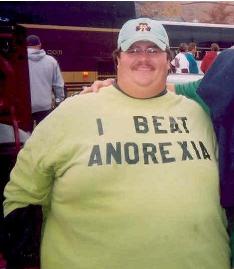
The boom is here: the economy just grew 5 percent, and it’s not going to stop
The economic recovery is real, and even though it's not spectacular, it's getting there.
The good news is that the economy grew at a 5 percent annual pace in the third quarter this year, revised up from the 3.9 percent that the Commerce Department had previously estimated. It's the best quarterly growth since 2003, and, on the heels of the 4.6 percent growth in the second quarter, it's also the best six months the economy has had in that long. The even better news, though, is that this growth, unlike every other uptick the past few years, looks sustainable.
This isn't a blip. It's a boom.
Well, at least by the sad standards of this slow and steady recovery. The truth is that for all the hype and headlines about every little head fake, the economy has just been chugging along at the same 2 percent pace the past few years. Sometimes it's grown a little bit faster than that when companies have had to restock their inventories or sell more overseas. And sometimes it's grown a little slower than that when the opposite has happened, or when, like last winter, Arctic conditions have kept people in their homes and out of stores. But, as you can see above, growth has been remarkably consistent if we look at it over the past year, and not quarter, to smooth out these regular ups and downs.
The economy's 2.7 percent growth the past 12 months actually isn't the fastest of the recovery, but it is the best. You can see that if we strip out the volatile inventory and net export numbers to get something that goes by the catchy name of final sales to domestic purchasers. It shows us the economy's underlying strength in terms of consumer spending, government spending, and private investment. Basically, how much of today's growth we can expect to continue tomorrow. It's also grown 2.7 percent the past year, a post-crisis high. Most of that's due to stronger consumers, who thanks to the combination of lower unemployment and less debt, are finally in decent enough financial shape to start spending a little bit more. And that's only going to continue now that job growth is picking up, and plummeting gas prices are taking money out of the pump and putting it in people's pockets.
It's been awhile, but this is what a virtuous circle looks like.
Even the bad news here is kind of good news. The housing market, you see, continues to be stuck somewhere between depressed and the doldrums. Residential investment only added 0.1 percentage point to the economy's 5 percentage points of growth, and that's despite years of inactivity that's somehow left us close to a housing shortage. At some point, as un-and-underemployment decline to more normal levels, twentysomethings are going to move out of their parents' basements—sometimes stereotypes are true—and we're going to need to start building again. This recovery, in other words, still has room to grow. We might even stop hating it.
Well, let's not jinx things.

























